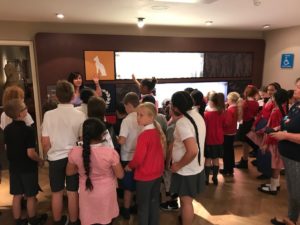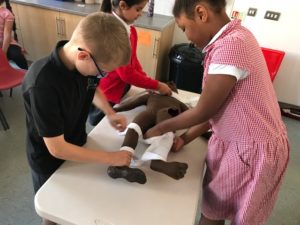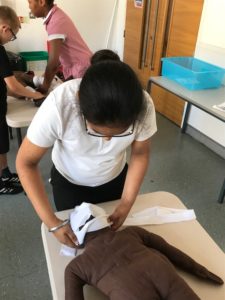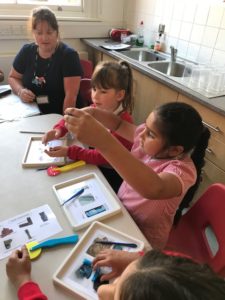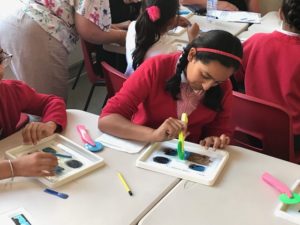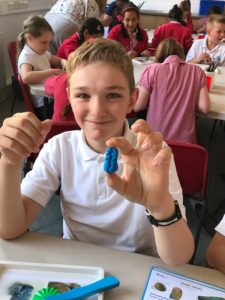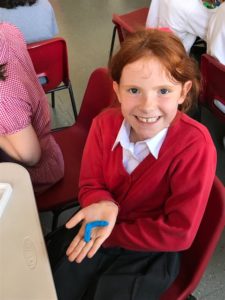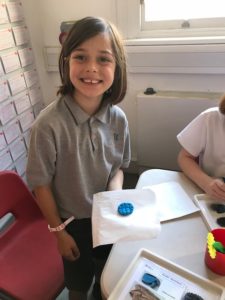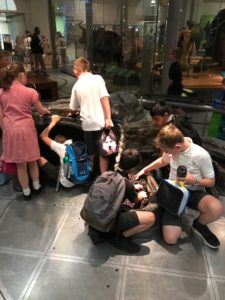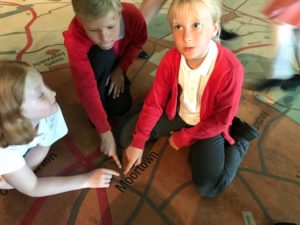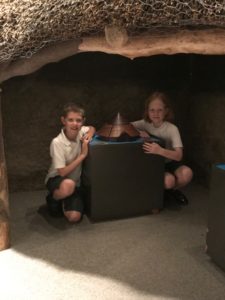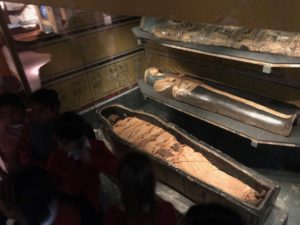Mummification update
Year 4 have observed their mummified apples one week after we started the experiment. WOW! What a difference!
The natron we made, had most definitely preserved the skin of the apple. The colour of the apple skin remained green and in relatively good condition.
We noted that the flesh of the fruit had dried up and the apple had shrunk in size.
“Our starting weight was 24g and now it has gone down to 9g!!”
“I think the natron has dried up the water in the fruit.”
“The apple smells strange and it feels soft.”
“Look how green the skin still is.”
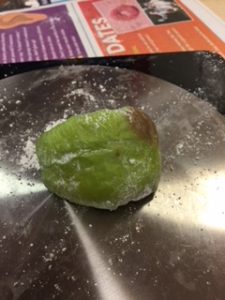
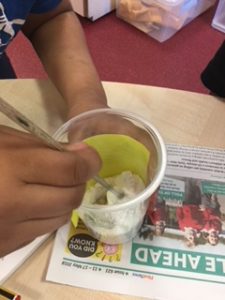
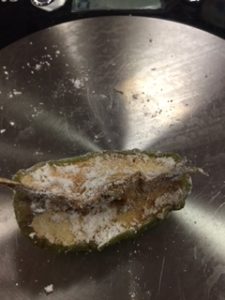
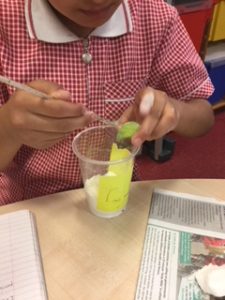
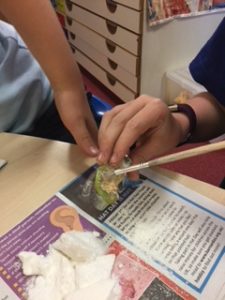
Note the difference with the apple that wasn’t in any preservatives.
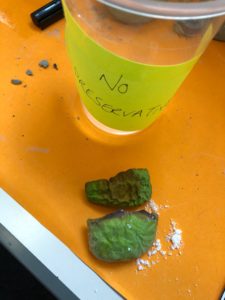
We compared these apple slices and noted the differences.
The children, will again, weigh their mummified apples next week to find out if the natron has done its job!
Stay posted ….
Apple mummification
Have you ever wondered why every time you eat salty foods, you get thirsty? Or why fresh vegetables tend to shrivel up when you sprinkle salt on them?
The answer is simple. Salt is a desiccant – it helps remove water from things, including human bodies. Which is why the Ancient Egyptians used salts when they were mummifying bodies.
Year 4 decided to put this to the test and used a quarter of an apple for the experiment.
First, we had to make natron.
Classically, natron was gathered from a salt mixture derived out of dry lake beds in ancient Egypt and was used as a cleansing product for personal use. The consistency of natron removes oil and grease and was often used as a type of soap when mixed with oil. To make our own natron we mixed together salt and baking soda. After mixing these together in a sealed bag, we had our own form of natron.
Baseline measurement
Why is this important?
“We had to weigh the apple first because that would give us a starting weight. If we didn’t do this then we would have nothing to compare the next weight measurement to.”
Predictions
“I predict that the apple will shrivel up and rot.”
“I think the natron will get rid of all the water and the apple will weigh less next time.”
We will be observing this experiment over three weeks, with weekly weigh ins.


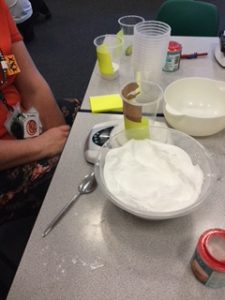
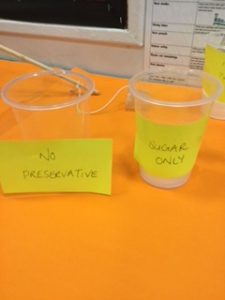
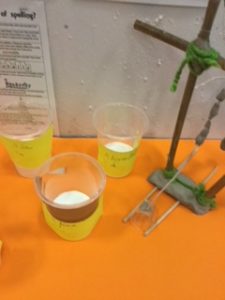
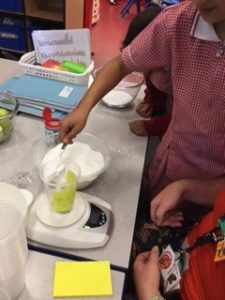
In order to make some comparisons about the effectiveness of preservatives, we put a piece of apple in just sugar and another one without anything at all!
Stay posted to find out if our apple mummifications were a success.
Old Leos cricket events
Old Leos cricket club, based locally in Alwoodley, were one of the visitors we welcomed to our health fair this week.

If you didn’t get to speak to them on the day, here is some information about their fun cricket sessions as well as an event this weekend.

Dodgeball runners up
Our Year 5 dodgeball team have come 2nd place today in the Leeds dodgeball competition run by PE Partner.
Congratulations to all the team – great determination and team work.
Thank you to Mrs Bald for accompanying the team and to parents for transporting the children to the event.



Brownlee Centre
Earlier this week, a group of upper Key Stage 2 children had the opportunity to attend the schools Tour de Yorkshire celebration event at the Brownlee Centre.
The structured coaching session involved different cycling skills activities and was a great chance for the pupils to test out the cycle circuit.
As a result of the positive feedback from the children, we hope to participate in future events at the circuit.
The next pop-up ride at the centre is this weekend, Sunday 08 July 12:00pm – register to take part using the Let’s Ride website.





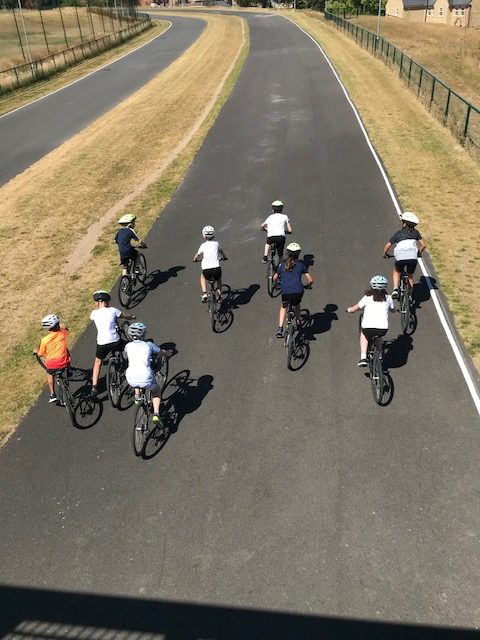






Being healthy themed week
It’s been a very busy, hot week! Our days have been filled to the brim with healthy learning activities. Year 4 have really enjoyed our themed week and have lots to share with you.
D-Side
The class learnt about alcohol and the effect it can have on our bodies. The children asked very mature questions and also gave some very detailed answers.
“The special googles made me feel shaky and I couldn’t see clearly.”
“I stumbled into the chair.”
The googles gave the children an opportunity to experience disorientation and the feeling of loss of control caused by the effects of alcohol. We discussed how these impaired our actions and impacted on our movements and reactions.
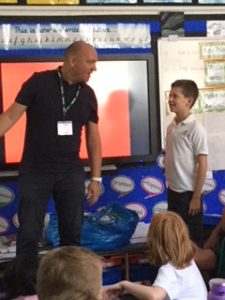
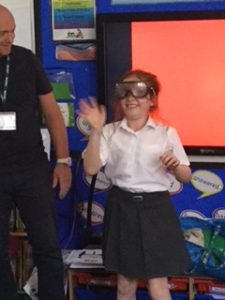
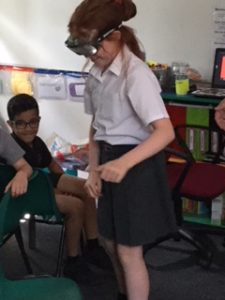
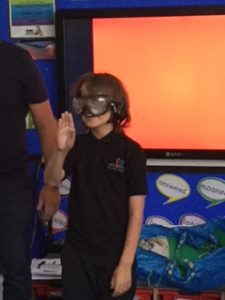
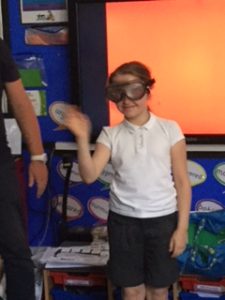
Tai Chi
A fun activity aimed to develop children’s concentration and coordination. The clam, gentle moves certainly captured everyone’s attention. Tai Chi emphasizes a fun element while developing children’s mind and body.
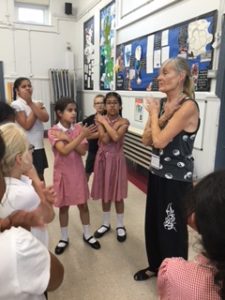
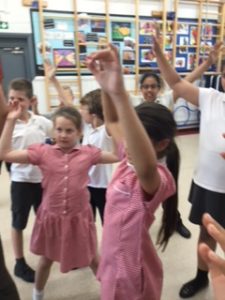
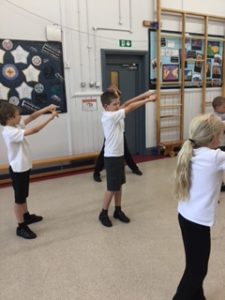
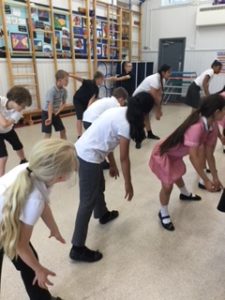
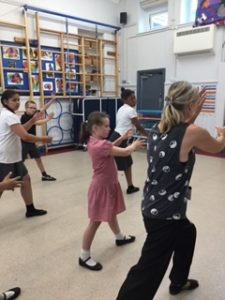
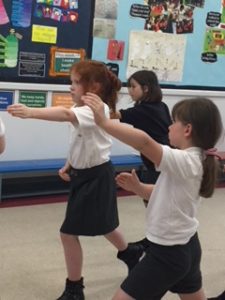
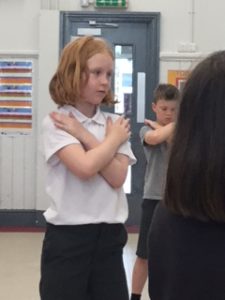
……….. and relax!
Make your own muesli.
As a more healthy option to sugar loaded cereals, Year 4 have created their very own muesli. The children were given the choice of ingredients and the amounts needed. Our classroom was transformed into a muesli bar with various options around the room. Measuring carefully, the children selected their choices and added them to a bag. Each and everyone’s mixture was different and, hopefully, went down well at home.
“I’m going to have mine with yoghurt and fresh fruit.”
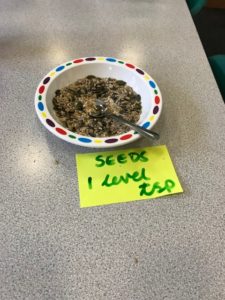
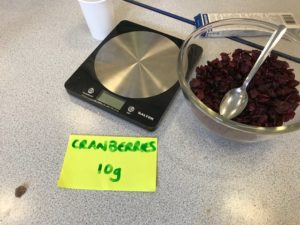

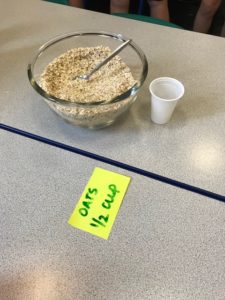
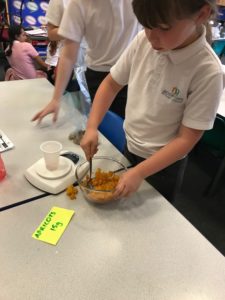
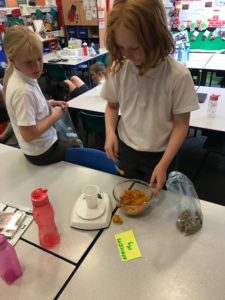
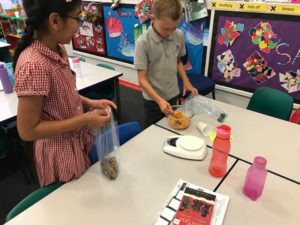
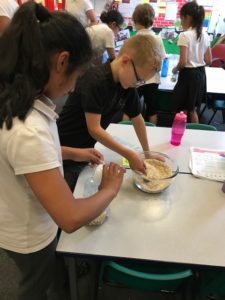
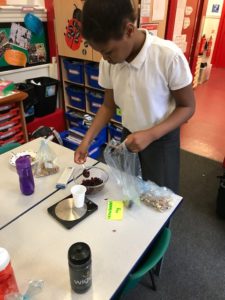
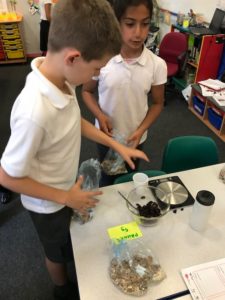
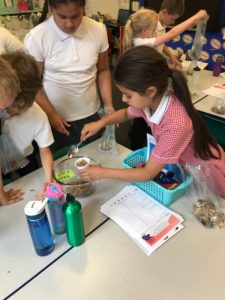
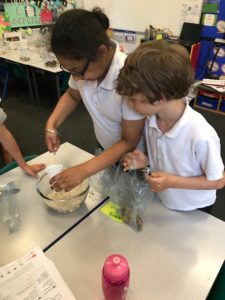
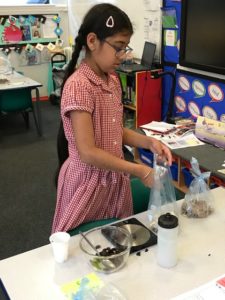
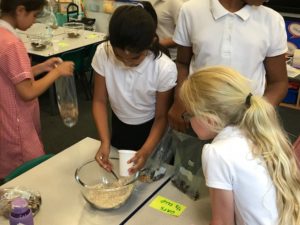
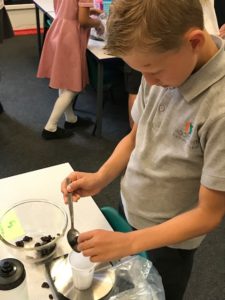
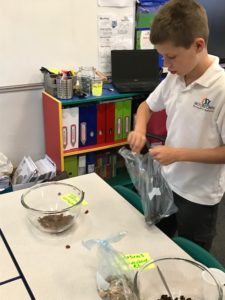
Cycle and stretch!
We’ve certainly had an action packed day full of exercise! The children had their first Balance, Pedal and Go session, which will continue for two days next week (Wednesday 12th and Thursday 13th July). Not only did the children enjoy a morning of cycling, they also had a yoga session this afternoon in the MUGA! It was a great way to wind down ready for home time. Namaste!
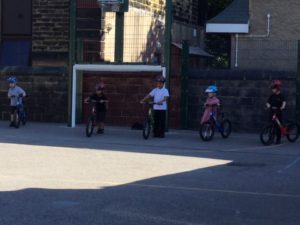
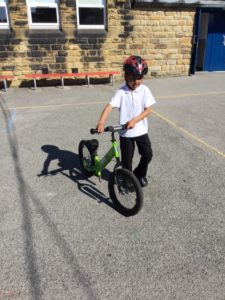
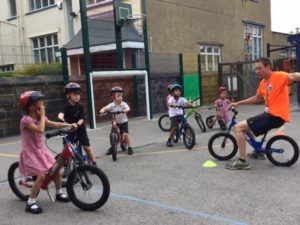
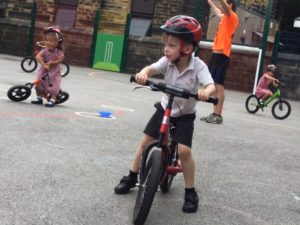
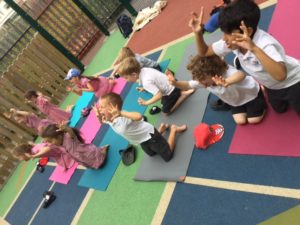
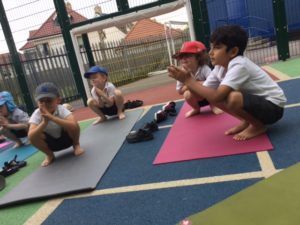
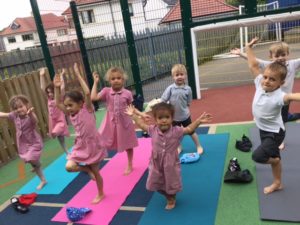
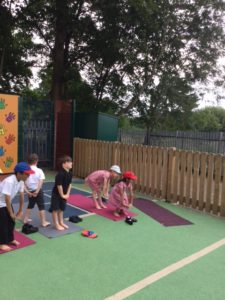
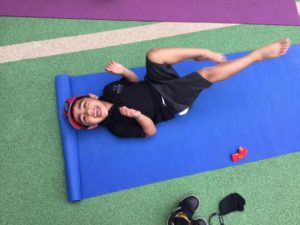
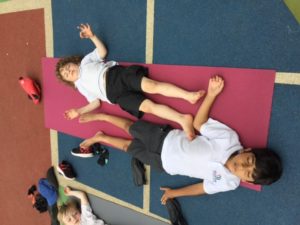
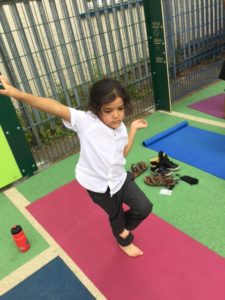
Talk to your child about which yoga position was their favourite. Maybe they could teach you how to meditate!
Sports day 2018
Yesterday, the whole school enjoyed a sun soaked sports day at Roundhegians. Well done to all the children who took part and demonstrated School Games values of passion, self-belief, respect, honesty, teamwork and determination. We believe that sports day is an ideal context for children to explore these values. For example, learning how to handle success and defeat, believing in their abilities, respecting others and working with others to achieve success.

Special thanks go to:
- Roundhegians for providing excellent facilities and hosting our sports day
- Excellent sports leaders from Allerton Grange who ran the field events for Key Stage 2 and supported the younger children with their races in the afternoon
- PTA for providing refreshments for spectators
- parents who supplied and assembled gazebos to keep the children in shade at the event
- Year 5 sports leaders and Year 2 helpers too
- All staff who helped out on the day





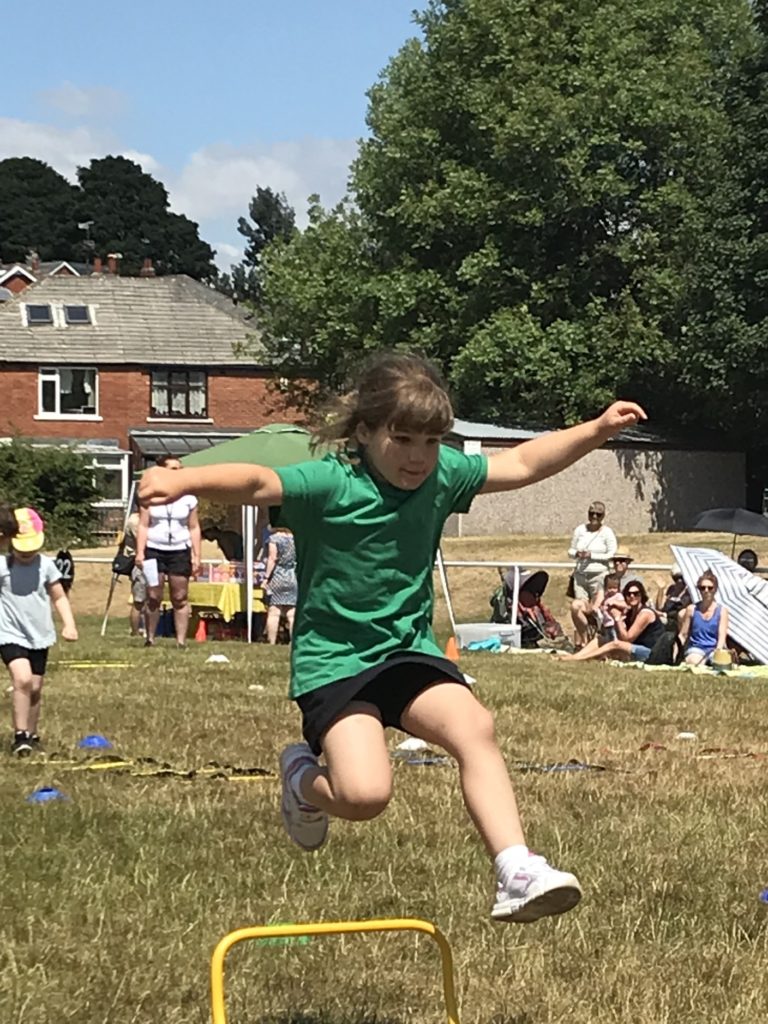




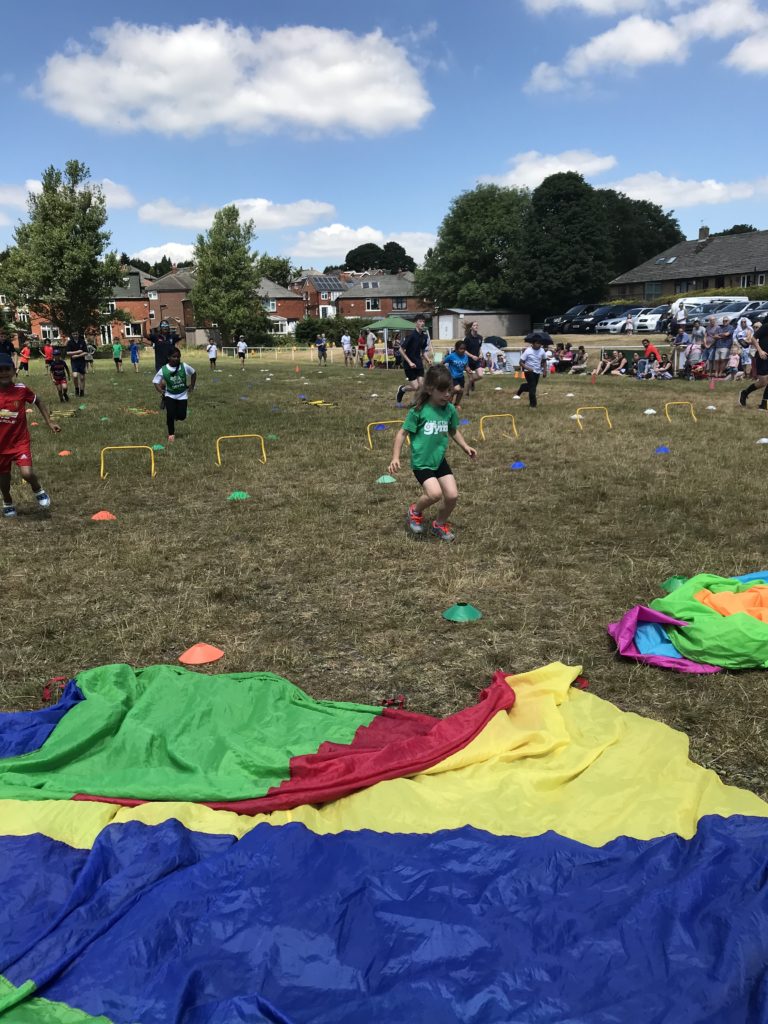







Health fair
Thank you to all parents, carers and pupils who came along to our first health fair at the start of our Being Healthy themed week. Our goal was to promote the many great organisations that are in our community and to raise awareness amongst parents, carers and children about the range of activities and health opportunities available to them locally.
We hope that parents, carers and children will build on the contacts made at the fair.
A big thank you to all the organisations who attended.
- Yoga Kula
- Chapel Allerton Pilates
- Leeds Gymnastics
- David Lloyd
- Scott Hall Leisure Centre
- ARM cluster
- Park Run
- The Little Gym
- Herd Farm and West Leeds outdoor activity centre
- City of Leeds basketball club
- Old Leos cricket club
- Roundhegians rugby club
- PE Partner
- Brownlee Centre
- Living Streets
It was great to see more children buying skipping ropes -hopefully to practise their skipping challenge at home.
Skipping ropes will be available for sale next Monday and Tuesday after school, outside the Year 2 classroom, for a subsidised price of £2.
Look out for a guide to local physical activity opportunities coming home in book bags soon.



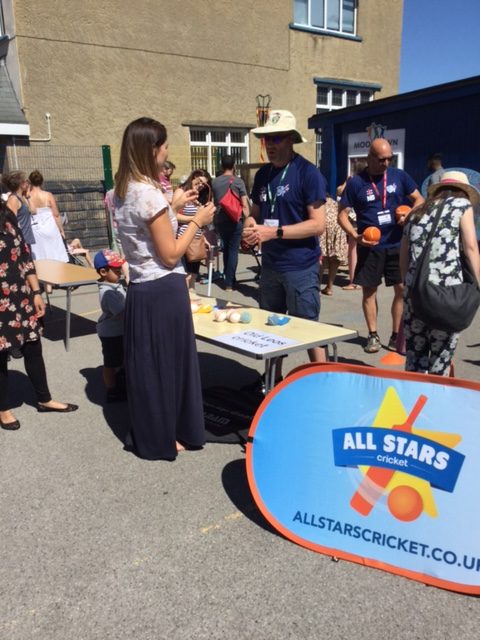
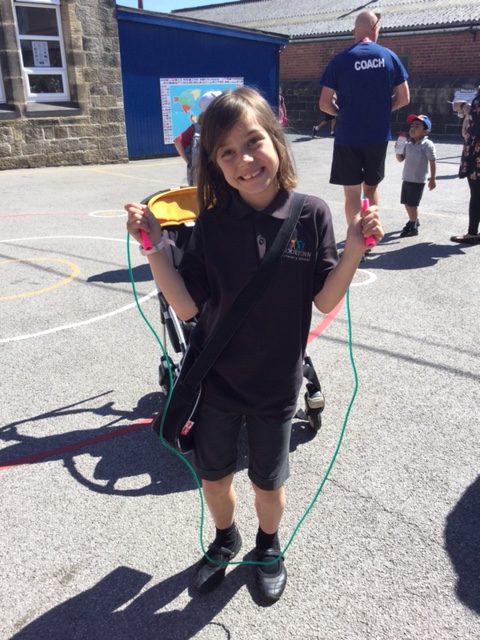

Leeds City Museum
An exciting day was had by staff and children alike at the Leeds City Museum today.
The children took part in an Egyptian themed workshop where they studied a real mummy, removed organs from a body, wrapped bandages for mummification and made an amulet to take home.
We were impressed by detailed responses to questions given by lots of the class. Year 4 were an absolute pleasure to take out for the day and they represented our school superbly!
Here’s a few photos of our day. Ask your child to explain what is happening in each picture.
